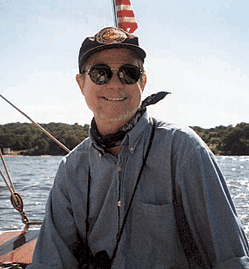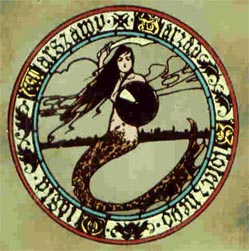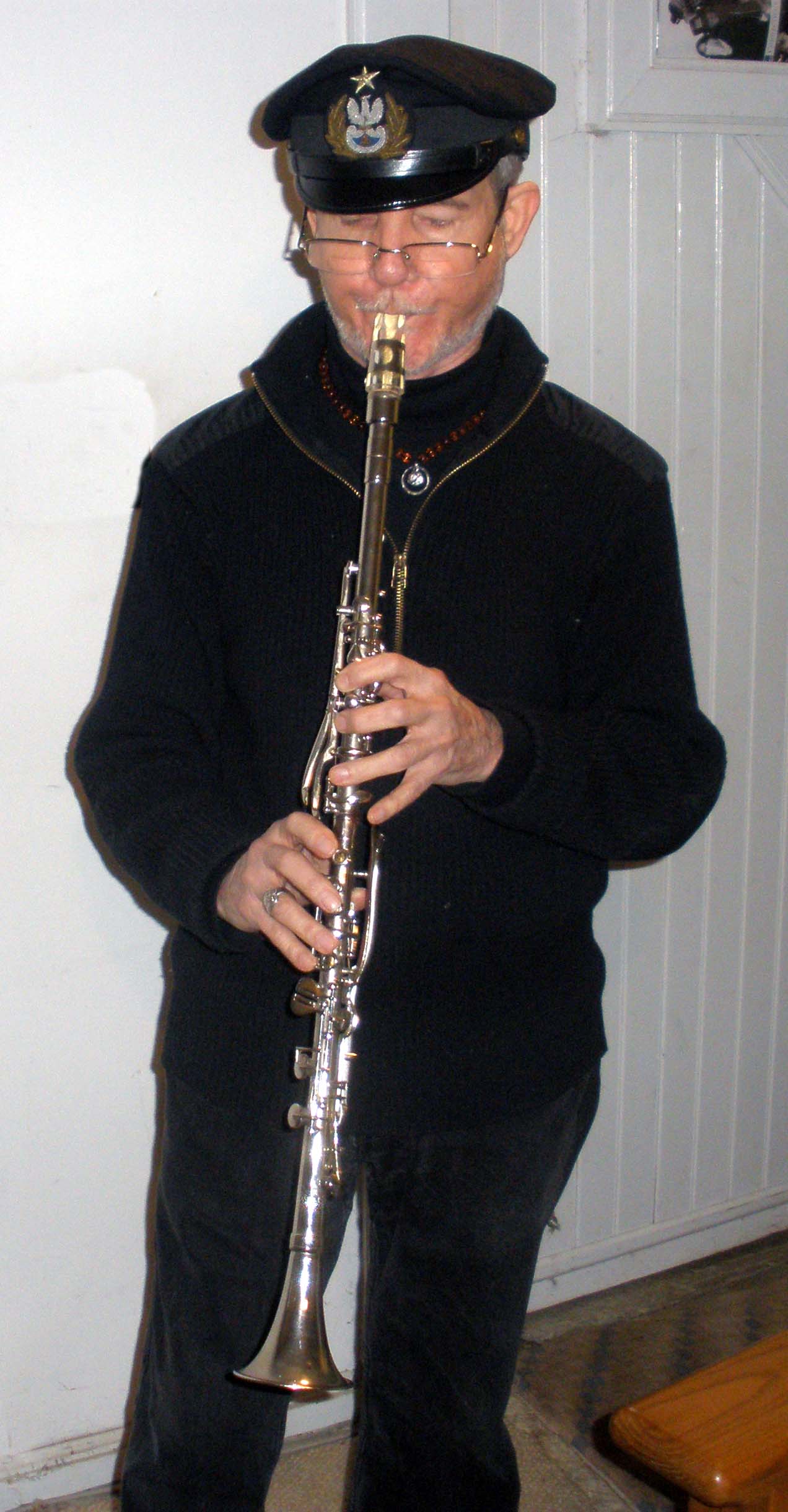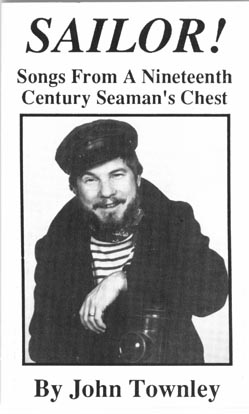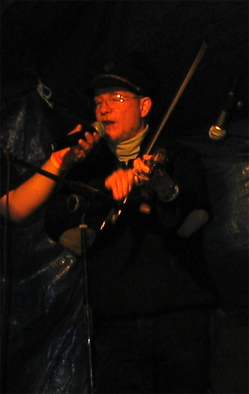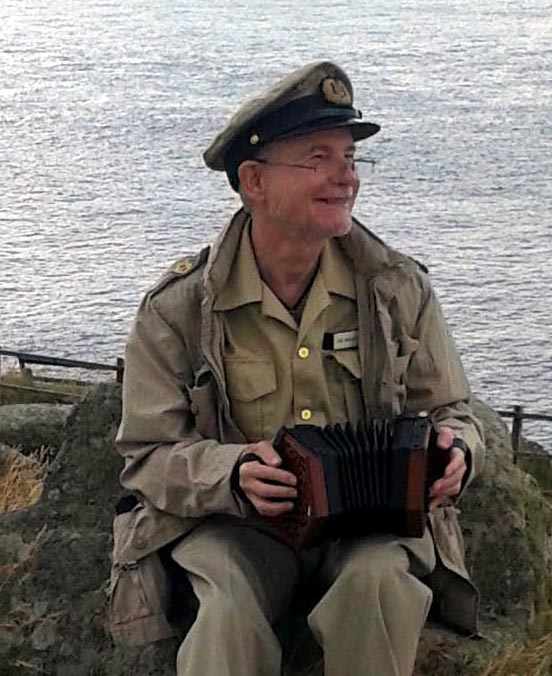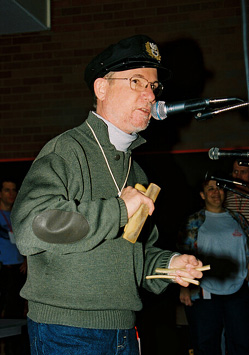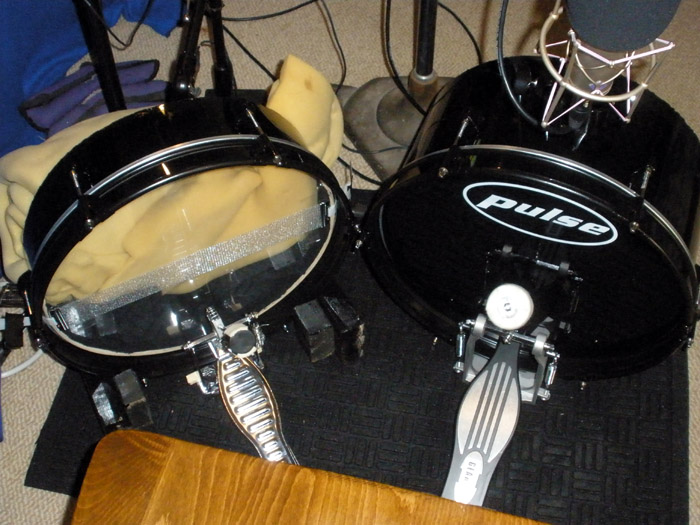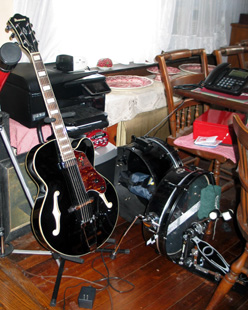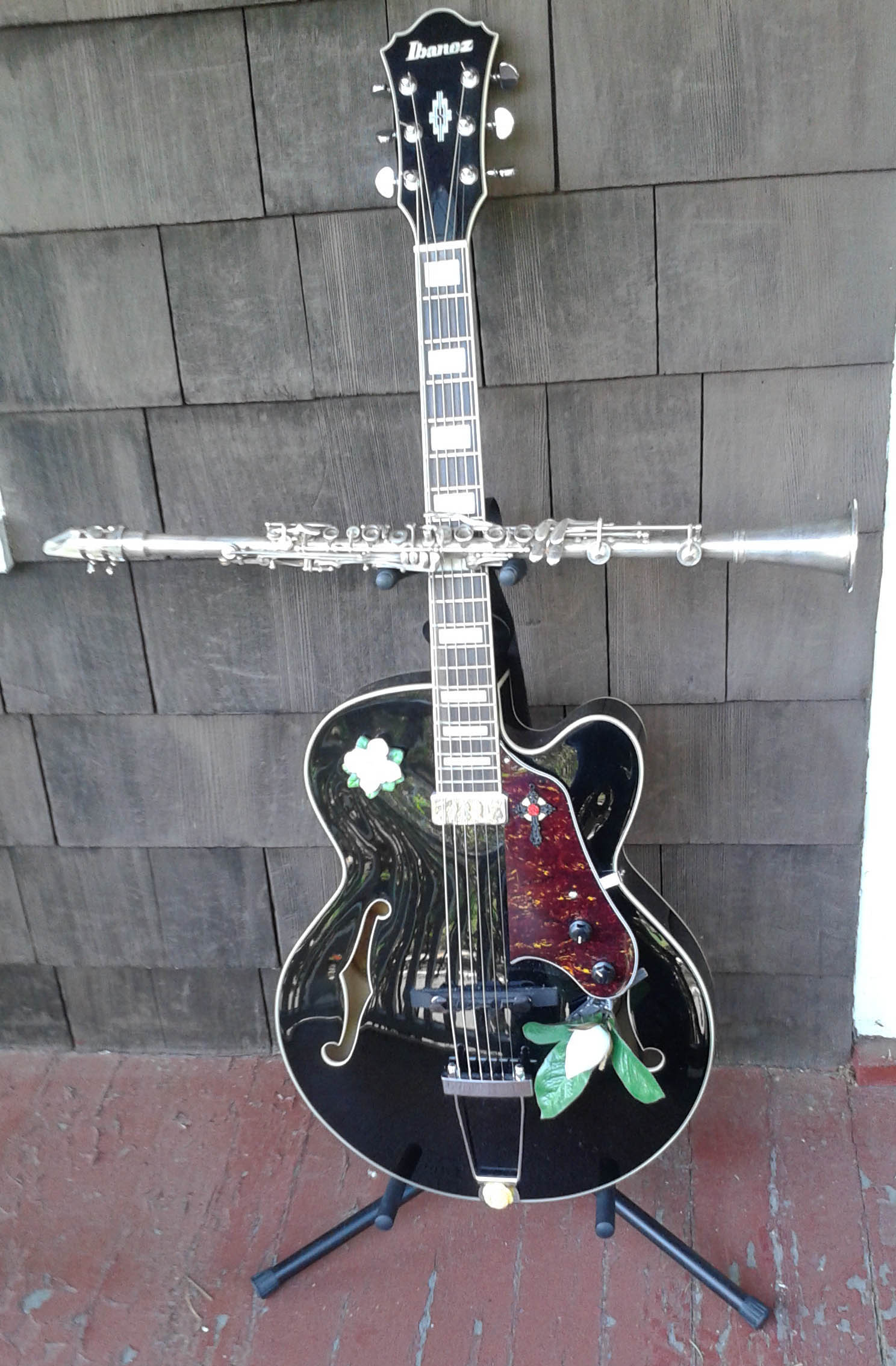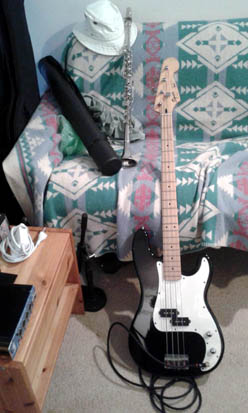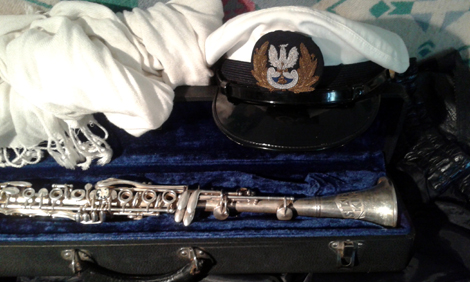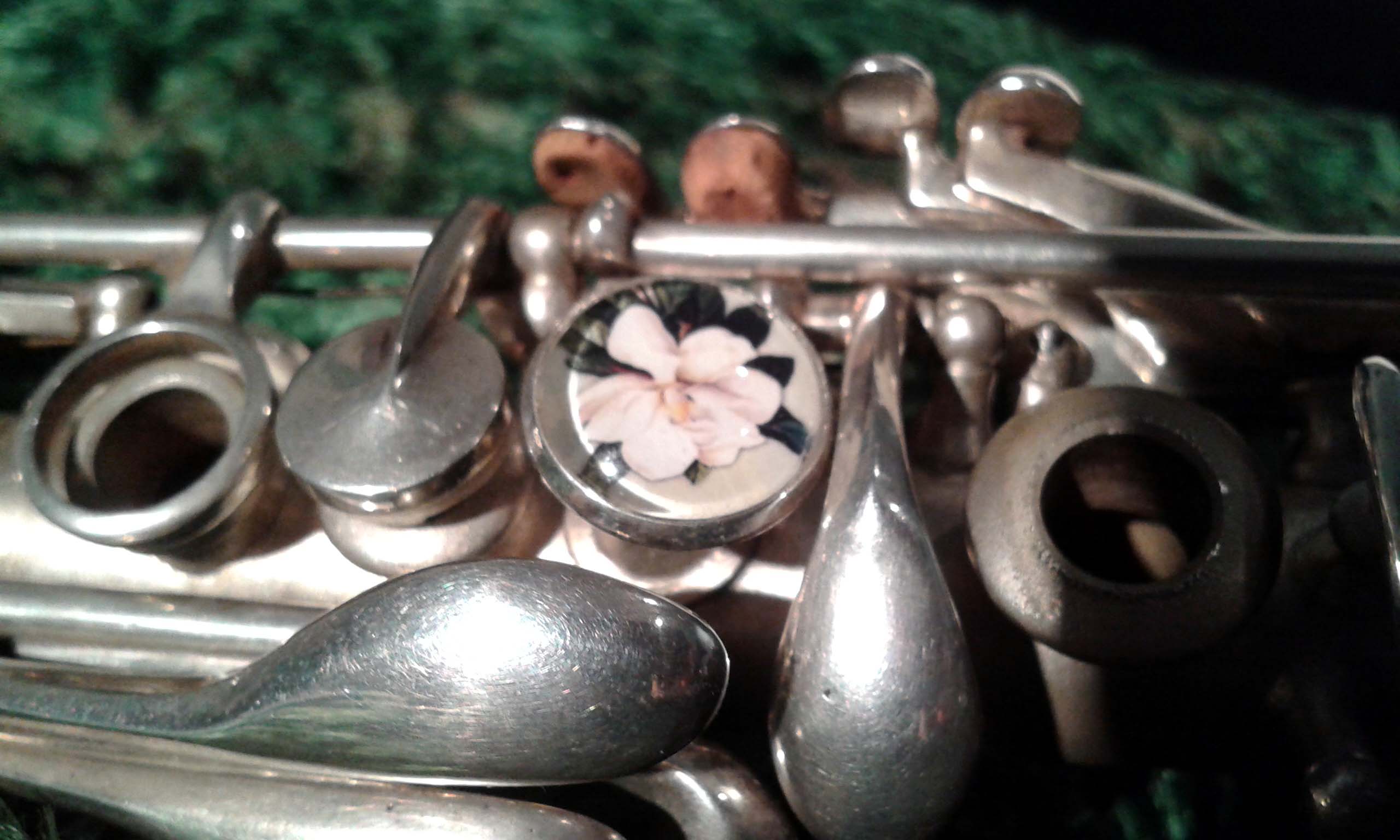|
This
is a rough-hewn collection
of the kind of knockabout songs that seamen
have always carried
along with them at work and pleasure, at sea and on shore. The material
is
splashed together like a shanghaied checkerboard crew, and so is the
recording,
the first fifteen tracks a spontaneous accident in Liverpool which took
just three days - with
myself as
skipper, mate and crew and engineer Bob Buckle as supercargo. The
rest were recorded
in Poland, in Warsaw and Gdansk (except for two in Liverpool, with Zawisza
Czarny’s
performing crew), in partnership with Marek
Siurawski, the
original main spinner of the Polish shanty movement,
still evolving
and
in full
swing today… -- J.T.
1. Marco Polo tells
how legendary clipper ship captain “Bully” Forbes
kept his
crew from jumping
ship.
Written by Hugh Jones of the Liverpool Spinners.
2. Strike The Bell started
life as the 1865 song hit “Ring The Bell, Watchman” by
Henry Clay Work,
but sailors soon found better words to put to the tune.
3. The Topman And
The Afterguard, also
called the “Sailor’s
Prayer,” dates back
to Lord Nelson’s
time...
4. The Bully Song —
Songwriter Charles Trevathan heard this tune sung by a boatman on the
Ohio
River in 1896. He set new lyrics to it and it became the pop hit of
that year,
featured by songstress May Irwin in the play “The
Widow
Jones.” The first
popular ragtime song, it made its way down to the sea and turns up in
the
journal of U.S. Naval Midshipman C.W. Cole aboard the training ship U.S.S.
Monongahela in the summer of
that year.
5. The Lass That
Loves A
Sailor — British
songwriter Charles
Dibdin’s last
effort before his death
in 1814, this song lived on in songsters and broadside parodies right
up
through the War Between The States and finally lodged itself
as
the subtitle
to Gilbert and Sullivan’s H.M.S.
Pinafore.
6. Essequibo River — A
cargo-moving Caribbean shanty collected by Stan Hugill
from his
West
Indian friend Harding The Barbadian Barbarian.
7. Row On
— A
pensive lament
found by Gail Huntington in an 1846 journal from the New Bedford Whaler
Three
Brothers. Tune set by Tim
Laycock.
8. Shineo —
A
shanty,
says Stan Hugill, sung aboard the Akbar in the
1890’s.
9. The
Sailor’s
Farewell/Nancy Dawson/Rogue’s March —
A
parting tune
from Northumbria,
originally “The Gypsy’s Farewell,” mated
with the
tune which announced the
grog, followed by the call to witness punishment.
10. The Hog Eye Man
—
“Hogeyes” were canal barges used to supply the
California Gold Rush railroad
workers (“navvies”) of the period.
11. Bounding Billows —
Written by English stage star Mary Derby July 20, 1792, between Dover
and Calais. The
tragic and unlikely story of the author of this
beautiful, plaintive lament can be found
here.
12. Blood Red Roses —
This well-known halyard shanty may refer to British
“redcoat” soldiers or perhaps to
those other “Blood Red Roses,” the nickname for the
blood-drenched
leaders of the
French Revolution.
13. Bully In The Alley —
“Shinbone Alley” was the main street of
Bermuda’s
sailortown, and its bulliest
time was during the War Between The States when St. George's was a
blockade
running port. This likely dates from then.
14. The Cumberland’s Crew —
The story of the 1862 sinking of the frigate U.S.S. Cumberland by the Confederate
ironclad C.S.S.
Virginia (formerly
the U.S.S.
Merrimac), the day before the
famous battle
with the U.S.S.
Monitor. The Cumberland never had a chance,
but went down
with
heroic gallantry, her flag nailed to the mast, her crew slaughtered.
15. Riverboat Gamblers —
A haunting Mississippi riverboat song to a tune similar to
“Walking Boss.” I
learned it fro mHoly Modal Rounders Steve Weber and Peter Stampfel in
1964 — where
they got it I
haven’t a clue.
...the
Mermaid!
A
sailor too long at sea
eventually finds himself
chasing mermaids, however imaginary. That’s particularly true
if
he’s landed in
Warsaw, whose defending deity is a mermaid, and a well-armed
one
at
that.
16. Syrenka Warszawska
–
This heroic, finny creature guards Warsaw to this day. Read about her here…
and lots
more about her and her ilk here…w/m
by JT, Polish by Malgorzata Szyszkowska…
17. Here’s A
Health To The Outward Bound
–
This, including tune, appeared in a typed 1913 newsletter of a group of
retired
New York longshoremen called The Wharf Rats - they met regularly in a
pub in
South Street to reminisce, drink and sing. It was originally a poem by
Caroline
Norton (Lady Stirling-Maxwell, 1808-1887) written and set to music as a
three-part glee in 1835 and referenced shortly thereafter by none other
than
Captain Frederick Marryat in his 1837 "Diary In America." It was also
set to music by Alexander Ball and sung by John Braham in 1847, but
this tune
is not that one. The Wharf Rats' version is much simpler and more
elegant,
although I don't know its origin.
18.
The Boatman Dance –
By
the author of “Dixie,”
Daniel
Decatur
Emmett, founder of the Virginia Minstrels, the originators of the
minstrel show
in 1843, the first worldwide hit music style brewed in the U.S.A.
19. I’s The
B’y
– Newfoundland
classic, with Zawisza Czarny
crew…
20. Rose Of Alabama
–
An early minstrel song, 1846, words by S. S. Steele. Sung by A. F.
Winnemore
& His Band of Serenaders, music anonymous. Popular well into
the
War
Between The States. And, of course, in The
Outlaw Josie Wales…
21. Boston
Harbor
– Popular capstan
shanty, just sooo salty…
22. Granisczna Grumble/Łomianki Waltz
–
Free reed and fiddle tunes by JT.
23. Run, Come See –
Bahamian Blind Blake
favorite, with Zawisza
Czarny
crew…
24. Maggie’s
Toast –
The traditional
naval toasts
for each day of the week, strung together, w/m by JT, Polish
translation by
Maggie herself…
25. Rolling Home
– Written by The
London Times New York
correspondent and songwriter Charles Mackay
in 1858
while homeward bound aboard the Cunard liner Europa,
this later
became a
popular capstan shanty. Polish verses and chorus translated by Anna
Kinecka.
John
Townley — Vocals,
concertina, fiddle, flute, pennywhistle, guitar, banjo, tambourine,
bones. Marek Siurawski --
Vocals, concertina, piano. Zawisza
Czarny crew -- fiddles,
chorus. ©1991-2006
by
Maritime Music International.
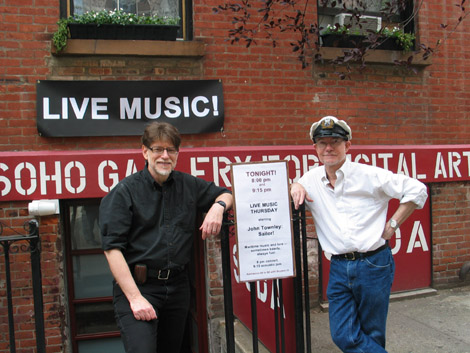
With
concert promoter
Steve Rosenhaus (l) in Soho, NYC, 2010
(photo: Susan Townley)
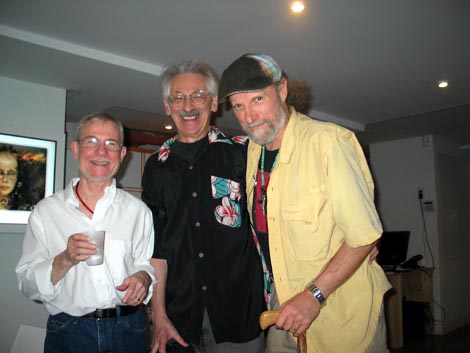
With Peter Stampfel (Holy Modal Rounders) and Gene Rosenthal (Adelphi
Records) in Soho, NYC, 2010 (photo: Susan Townley)
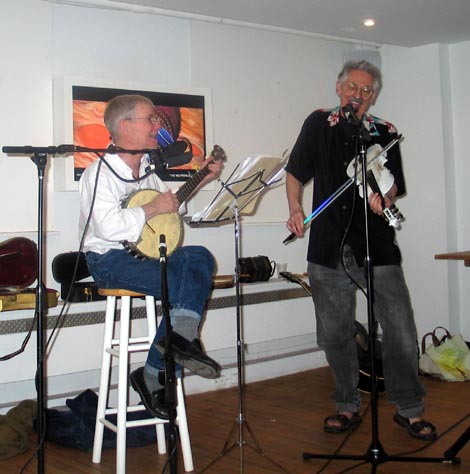
With Peter Stampfel in Soho, NYC, 2010, above (photo: Susan Townley)
Bass & deep snare foot drum setup, Greene Vinyl Studio, 2014, right
--->>
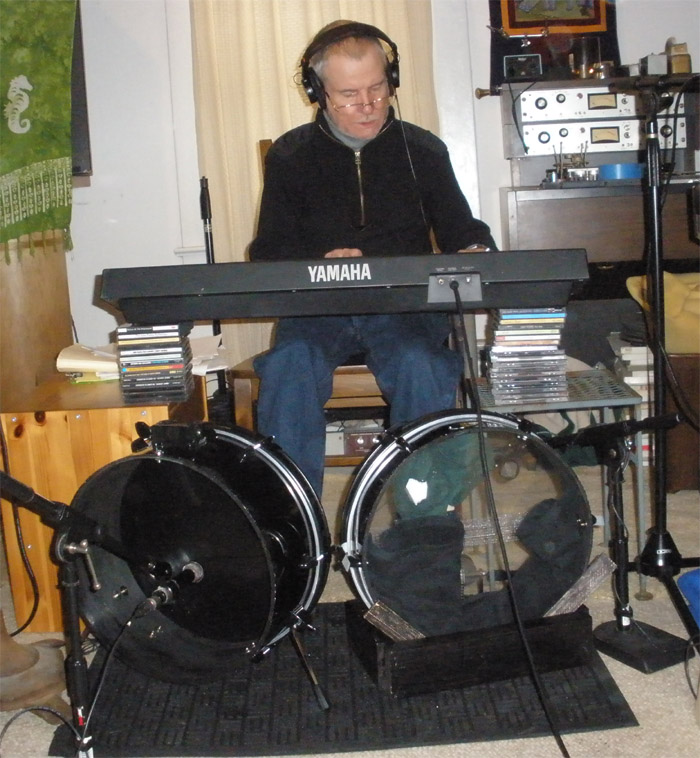 New
album underway!
New
album underway!
As a result of the
imminent re-release of The Family of Apostolic double album, a new set of equally-eclectic
recordings is underway at Greene Vinyl Studios...[Late note: released
in 2020 it became John Townley: The
Old Sailor, on Lollipoppe Shoppe Records in Berlin.]
 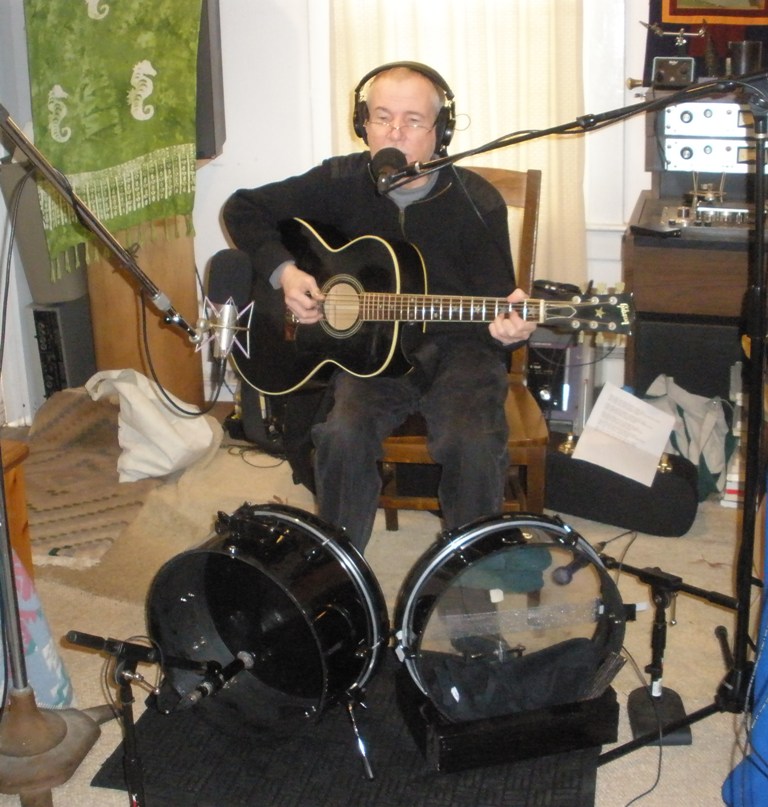

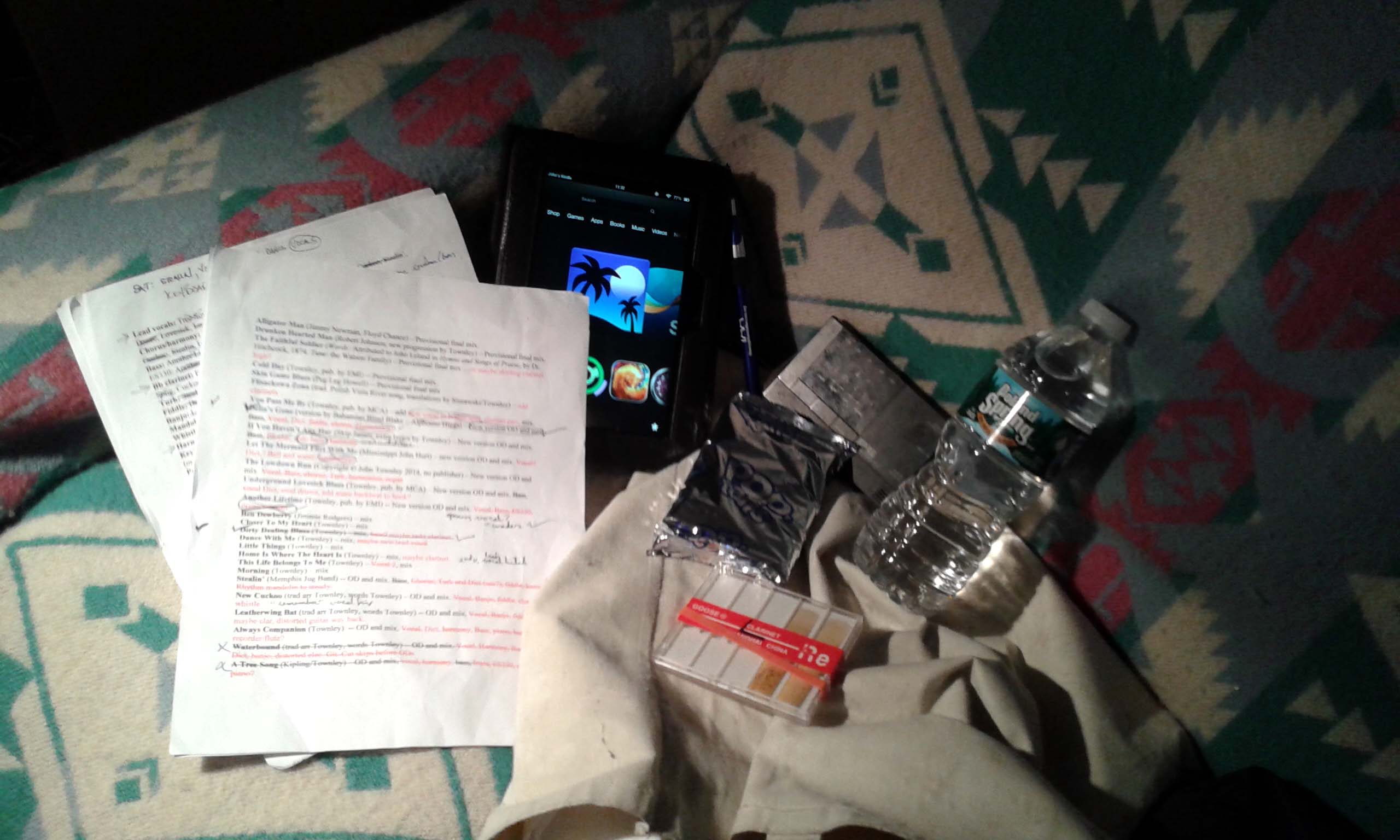
|

